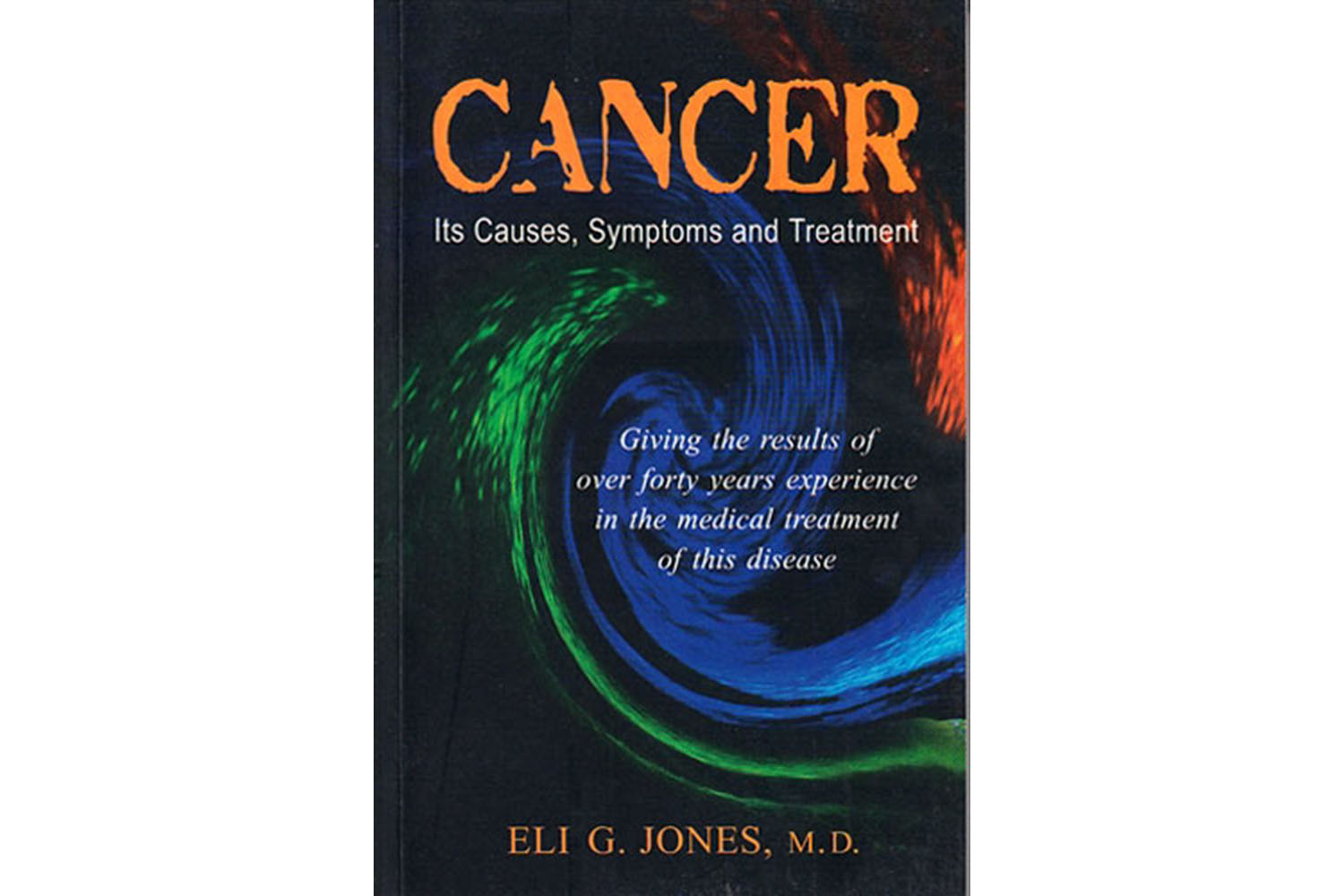New Forward by Michael Tierra
Dr. Eli Jones was one of the most important Eclectic medical doctors and teachers. He was a contemporary of Scudder, and emulated Scudder’s concept of Specific Medication with his own, reflected in the title of his only other book entitled “Definite Medication” (We plan on publishing this next on our rare books site). Both men lived around the end of the 19th and the beginning of the 20th century. This was a time when the public was thoroughly fed up with the heroic and drastic measures of the ‘regulars’ as the allopaths of the day were called, and Thompsonian herbalists. The regulars reached a peak in the abuse of such methods as blistering with cantharides, bleeding and the administration of toxic minerals such as mercury and arsenic. Herbalists, especially represented by the followers of Samuel Thompson, were regarded as sweat, puke and purge doctors with their regular dependence on the use of foul tasting brews, sweat baths, herbal stimulants such as cayenne pepper, laxatives and lobelia, a powerful stimulant emetic. Neither were happily embraced by an already suffering patient.
Homeopathy, on the other hand, based on the work of the later 18th century doctor, Hannemann, offered just the kind of gentle medicine that the public were seeking. As a result, homeopathy reached its zenith during the end of the 19th century. It is a little known fact that many of the most famous homeopaths including James Tyler Kent, began their careers studying Eclectic herbal medicine under John Milton Scudder.
Because of the close interraction between the homeopaths and Eclectics, each borrowed adopted remedies from their respective medical systems. One of the soverign principles of homeopathy is Hahnemann’s Similimum. This held that symptoms induced by a crude high dose of an herb or substance, could be remedied by giving a small, fractional dose of the same substance. Many of the homeopathic acute medicines, in full, crude dosage, were highly toxic. Emulating the homeopathic minimal dose, the Eclectics, under the guidance of Scudder, developed their own system of minimal dosing. Conversely, the homeopaths seemed to adopt many of the non-similimum Eclectic indications of herbs such as hydrastis, echinacea, Culver’s root and Fringetree Bark into their minimal dosing system.
The method the Eclectics used in administering these ‘poisons’ was to place a few drops in a cup of water, stir and have the patient take a tespoon of these preparation several times throughout the day. The Eclectic “Specific Medicines” were made by the great pharmacist, John Uri Lloyd.
It is interesting to note that much of the Christian moralizing of homeopaths such as Kent and many of his Eclectic counterparts reflected their common attraction of the teachings of the great Northern European mystic, Emmanuel Swedenborg.
Jones began offering special courses in the treatment of cancer towards the latter part of the 19th century for other Eclectics and medical doctors. His protocol included the use of special diet, epson salts baths, lifestyle counseling and guidance, escharotic salves and various herbs taken both internally and applied externally as appropriate. In this book he describes the “Compound Syrup of Scrophularia” as his all around most effective remedy for all types of cancer. At present, this formula is available from Herbalists and Alchemists (Box 458, Bloomsbury, NJ, 08804, Tel. 908 689-9020, Fax 908 689-9071).
Today, Jones’ book is highly respected by herbalists who are inspired by the dedication,integrity and zeal of Eli Jones. Obviously he was achieving outstanding results in his cancer protocol and even today, he offers a true alternative approach to the treatment of cancer and other serious diseases.
Michael Tierra L.AC., O.M.D.

